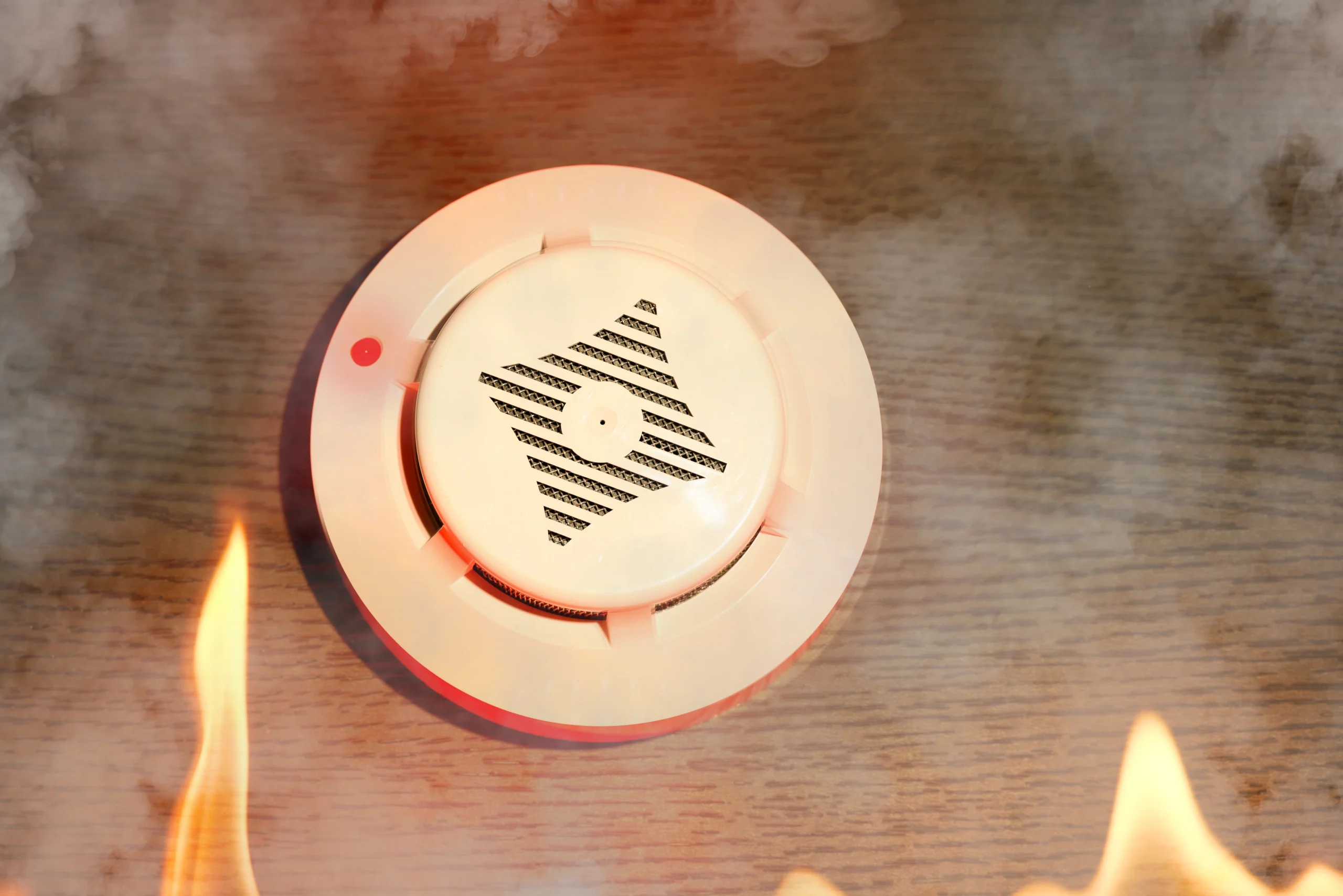Smoke detectors save lives—and under HUD’s updated NSPIRE model, they are one of the most critical inspection items. For property managers, housing authorities, and landlords, understanding and meeting HUD requirements for smoke detectors is no longer optional. It’s a fully enforced standard that directly impacts inspection scores, funding, and tenant safety.
The easiest way to keep up with these requirements is by using an updated tool like our Free NSPIRE Checklist, which translates HUD’s complex rules into an actionable compliance guide.
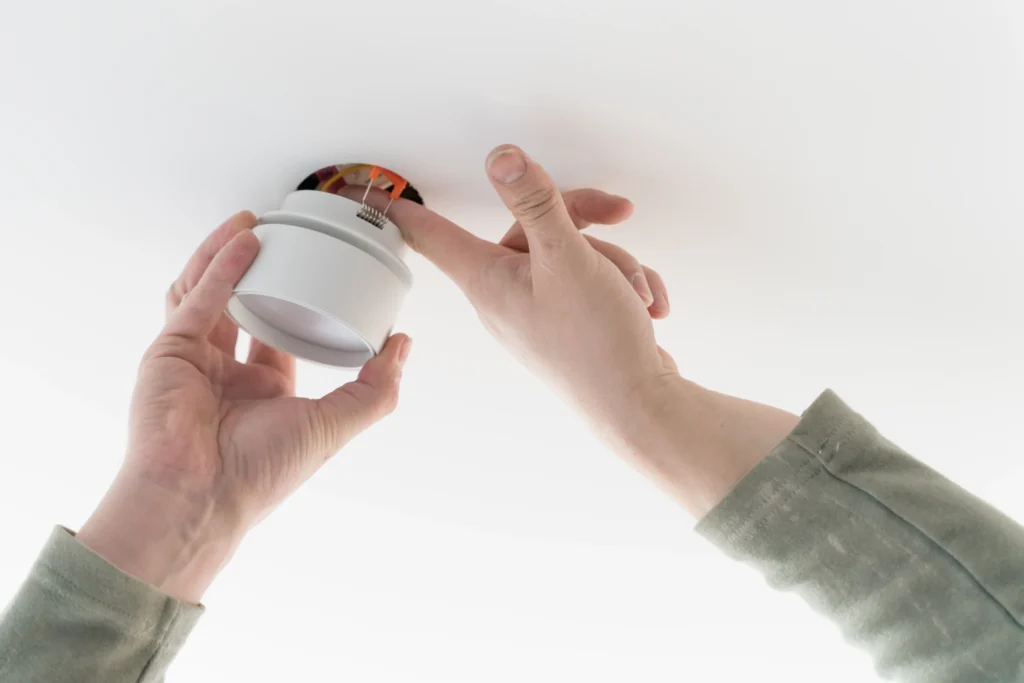
Why HUD Requirements for Smoke Detectors Rules Matter More Than Ever
Fire safety has always been a top concern in rental housing. But with NSPIRE now fully replacing older inspection models, the bar has been raised.
From REAC and HQS to NSPIRE
- REAC inspections focused heavily on curb appeal and building exteriors, often missing in-unit safety issues.
- HQS inspections were limited to voucher programs, using a basic pass/fail model.
- NSPIRE inspections prioritize resident health and safety, with a severity-based scoring system that makes smoke detector compliance non-negotiable.
You can see how HUD defines these updated standards in HUD’s published standards overview.
The Role of Federal Fire Safety Law
The Public and Assisted Housing Fire Safety Act, now fully in effect, requires strict adherence to updated smoke detector placement and power standards. These rules are no longer “coming soon”—they’re active, and inspectors are enforcing them today.
HUD Requirements for Smoke Detectors Under NSPIRE
So, what exactly do property owners and managers need to comply with? Here are the essentials.
Placement Rules for Smoke Detectors
- Inside every bedroom
- In hallways directly outside sleeping areas
- On each level of a unit, including basements
- Mounted on ceilings or high on walls, unobstructed
Power Source Requirements for Smoke Detectors
HUD requires that all smoke detectors must be:
- Hardwired to the building’s electrical system, or
- Powered by sealed, tamper-resistant 10-year batteries
More details are outlined in HUD’s official protocol guide.
Correction Timelines for Violations
If a smoke detector is missing, inoperable, or obstructed, HUD considers it a life-threatening deficiency. These issues must be corrected within 24 hours to avoid penalties. See HUD’s scoring notice in the Federal Register for details on enforcement.
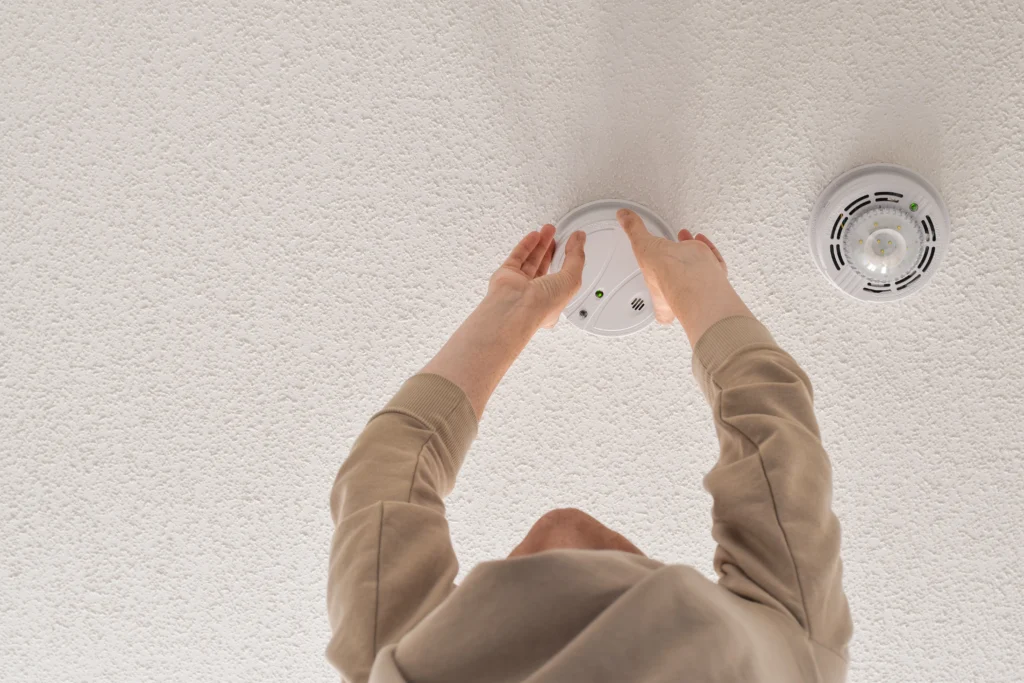
How HUD Requirements for Smoke Detectors Differ From NSPIRE, REAC and HQS
Many property managers still prepare using old REAC or HQS checklists—but these no longer match today’s inspections.
Scoring vs. Pass/Fail
- Public Housing and Multifamily: receive a numerical score (0–100).
- Voucher Programs: remain pass/fail, but enforcement of life safety issues (like smoke detectors) is stricter than ever.
Severity Categories for Smoke Detector Deficiencies
Unlike REAC and HQS, NSPIRE ranks deficiencies by severity: life-threatening, severe, moderate, or low. Missing or broken smoke detectors fall in the most serious category, requiring immediate action.
Why Old Checklists Don’t Work Anymore
Older prep tools simply don’t account for these new rules. Using them risks failed inspections, funding interruptions, and tenant complaints. That’s why our updated Free NSPIRE Checklist is the smarter option—it reflects HUD’s real inspection standards.
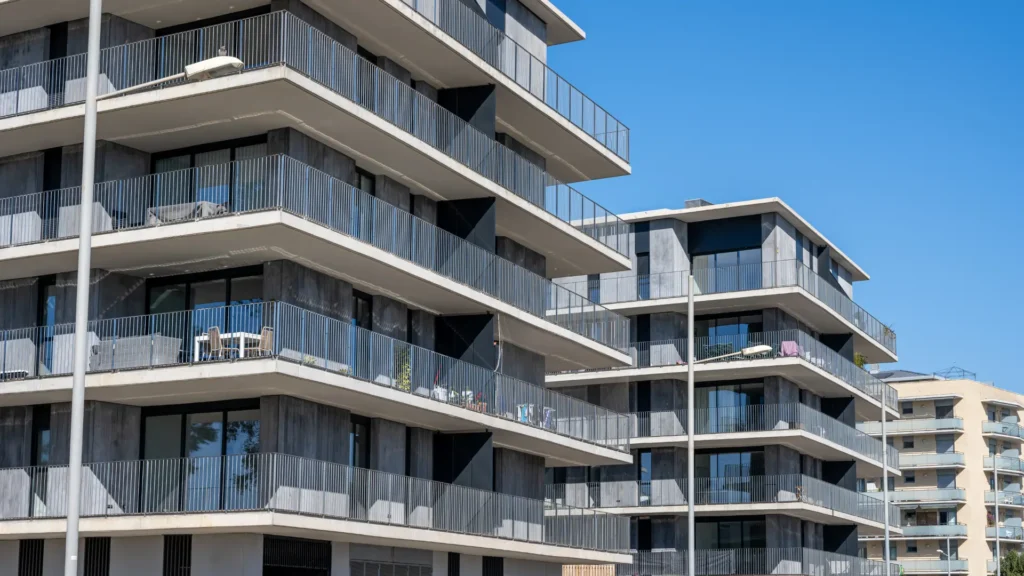
Compliance Risks for Property Owners
Ignoring HUD requirements for smoke detectors can have serious consequences:
Impact on HUD Scores and Funding
Life-threatening deficiencies directly reduce inspection scores and can trigger subsidy interruptions or follow-up inspections.
Common Mistakes That Lead to Violations
- Installing only battery-operated detectors instead of HUD-compliant ones
- Placing alarms too far from bedrooms or obstructed by furniture
- Forgetting detectors in basements, attics, or common areas
How to Stay Compliant With HUD Requirements for Smoke Detectors
The good news: staying compliant doesn’t have to be overwhelming. It requires a system.
How to Stay Compliant With HUD Smoke Detector Rules in 2025
Walk through every unit and common space regularly, checking placement, power source, and functionality. Use a maintenance work order management system to track and resolve issues before HUD inspectors arrive.
Renovations and System Upgrades
For older buildings, bringing smoke detector systems up to NSPIRE standards may require wiring upgrades or full replacements. Partnering with professionals for apartment renovations ensures long-term compliance and tenant safety.
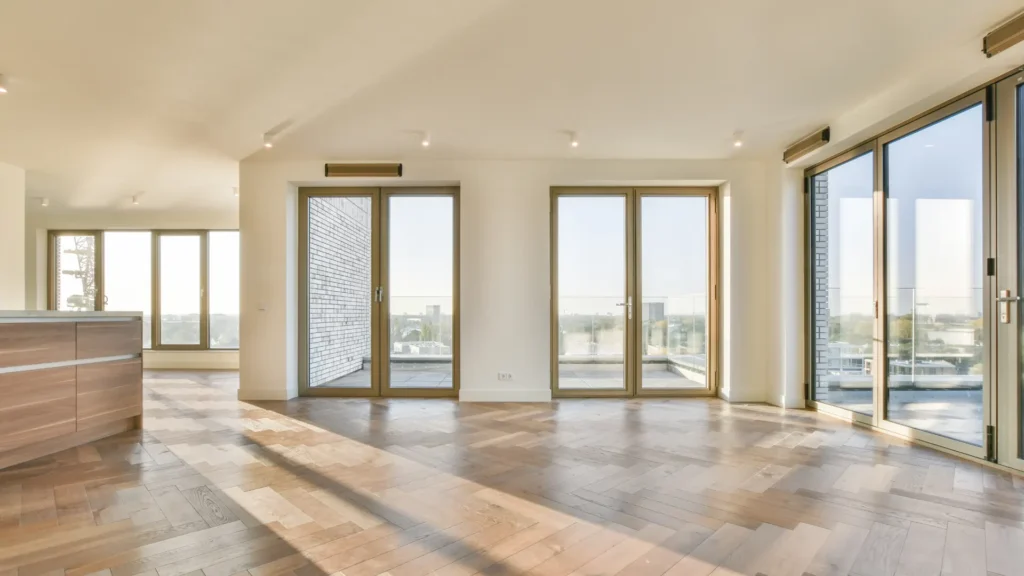
How NSPIRE Experts Supports Fire Safety Compliance
Meeting HUD requirements for smoke detectors is about more than avoiding penalties—it’s about protecting people and your property. At NSPIRE Experts, we help:
- Conduct pre-inspections to catch violations early
- Manage and track work orders for faster repairs
- Provide staffing solutions for maintenance
- Plan and execute upgrades or renovations
Get started today:
- Download the Free NSPIRE Checklist
- Contact NSPIRE Experts for guidance
- Schedule a NSPIRE pre-inspection to ensure your properties are inspection-ready
Stay Compliant With HUD Smoke Detector Requirements Year-Round
HUD’s smoke detector rules are fully active under NSPIRE. Noncompliance risks lives, inspection scores, and funding. But with the right preparation, passing inspections is straightforward.
The best way to stay ahead is to use tools designed for today’s standards. Start by downloading our Free NSPIRE Checklist and make smoke detector compliance part of your routine property management in 2025 and beyond.
